Right in the heart of Sicily, I stumbled upon Villa Romana del Casale—without a doubt, one of the most extraordinary ancient Roman mansions I’ve ever set foot in. This place dates back to the 4th century, and honestly, I couldn’t believe how the UNESCO World Heritage site still holds an unbelievable 3,500 square meters of mosaics, all thanks to some ancient landslides and floods that managed to keep them safe.
These mosaics aren’t just pretty—they’re considered some of the most extensive, well-preserved, and artistically significant Roman mosaics anywhere.
As I wandered from room to room, I kept getting surprised by the intricate mosaic scenes covering almost every floor. The Mosaic of the Great Hunt, for example, stretches an incredible 65 meters and tells wild stories of exotic animals and hunting adventures.
This isn’t your average ancient ruin—it’s a sprawling Roman estate where wealthy Romans actually lived. You really get a rare peek at how lavish their lives were.
My trip to this vast complex near Piazza Armerina showed me exactly why it’s a must-see in Sicily. The villa is so well-preserved that walking through it feels like stepping back in time.
Every new room brought another surprise—mythological scenes, daily life, all crafted with a level of artistry that’s survived for nearly two thousand years.
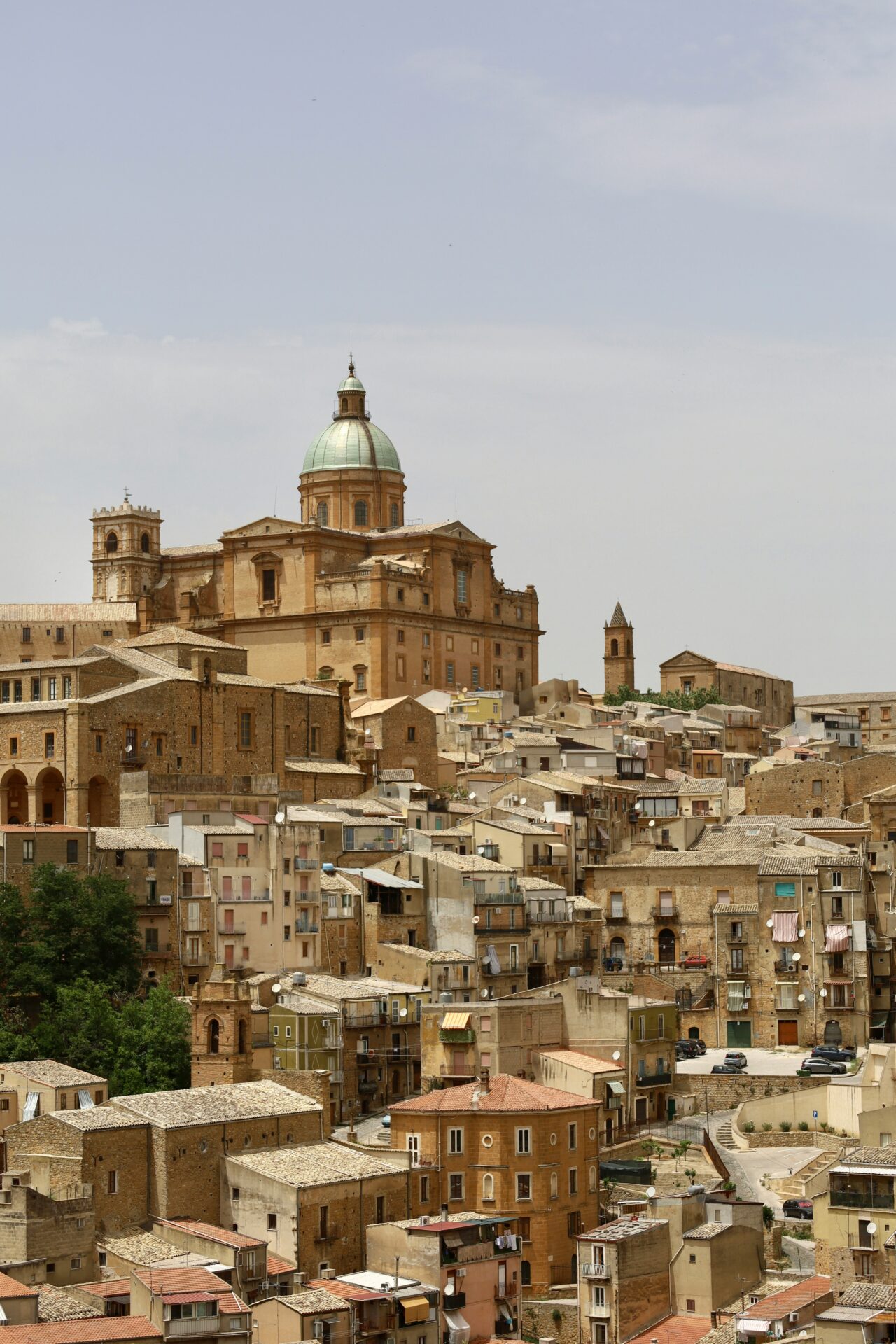
History and Archaeological Significance
Villa Romana del Casale really stands out as a symbol of Roman luxury and artistic flair. Its story stretches across centuries, from its opulent beginnings to its rediscovery after lying hidden for over a thousand years.
Origins and Construction
They built this magnificent villa in the early 4th century AD, during some pretty turbulent times for the Roman Empire. Archaeologists say construction probably started around 320-330 AD.
I was surprised to learn this wasn’t just a country house—it spread out over nearly 37,000 square feet.
Experts think a powerful Roman aristocrat wanted a rural retreat, and some even suggest Marcus Aurelius Maximianus (aka Maximianus Herculius, co-emperor with Diocletian) owned it. The location wasn’t random—it linked coastal ports with inland towns.
The sheer quality of the construction screams wealth and taste. They brought in materials from all over the empire, which just shows the owner’s reach and connections.
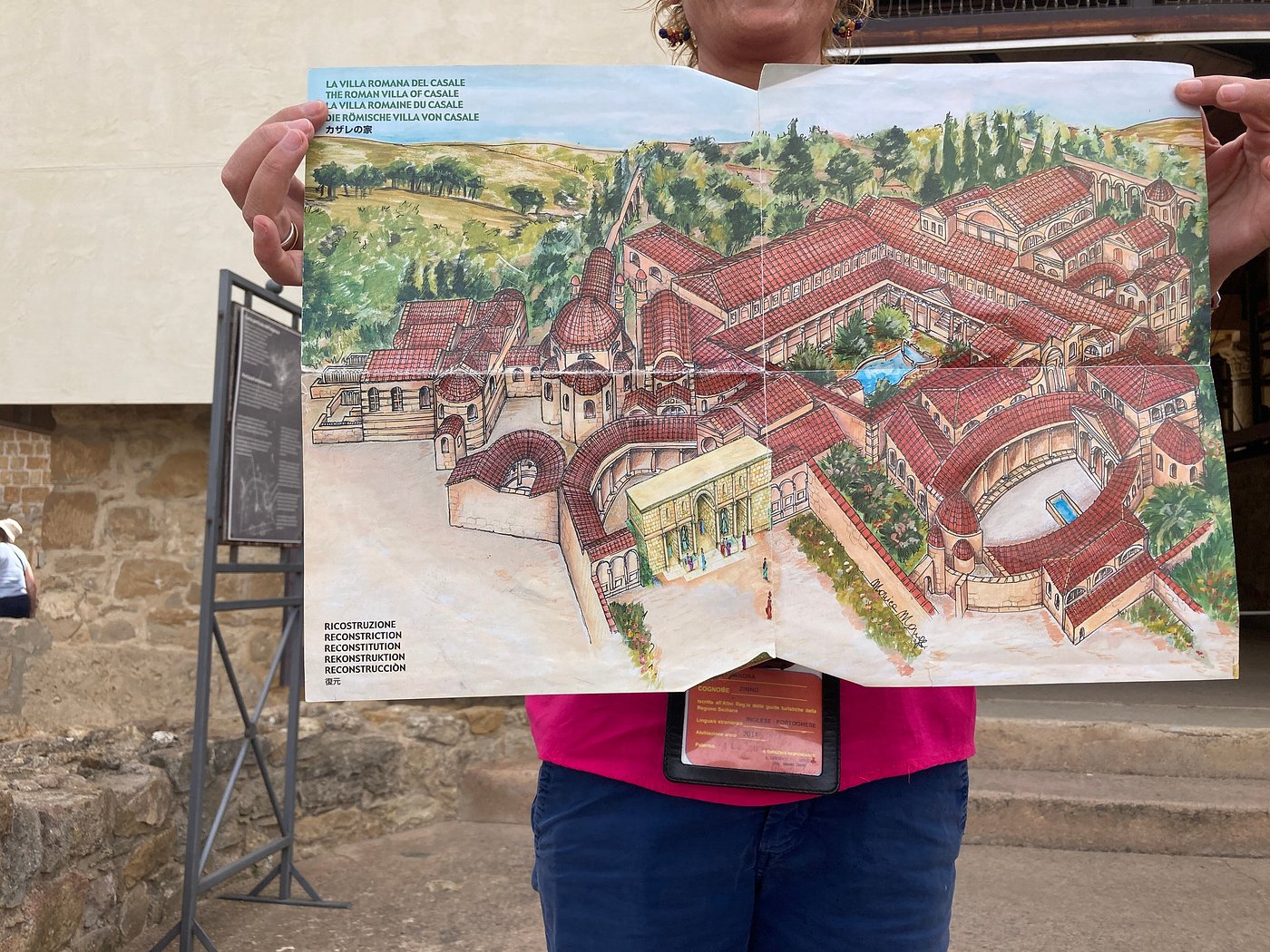
The Roman Empire and Ownership
When Villa Romana del Casale went up in the early 4th century, the Roman Empire was shifting under Emperor Constantine. The villa’s size and style really show how much wealth the elite could command then.
People still debate who owned the place. Some say Maximianus Herculius, others think it belonged to a high-ranking Roman official or maybe a governor of Sicily. Those elaborate hunting mosaics suggest the owner had some serious political ties.
The villa served as more than a fancy home—it was a status symbol, a center for managing the surrounding estates, and a luxurious getaway. It fit into a bigger economic web that linked Sicily with Rome.
The villa stayed in use up until the 12th century. It actually survived the fall of the Western Roman Empire before people finally abandoned it.
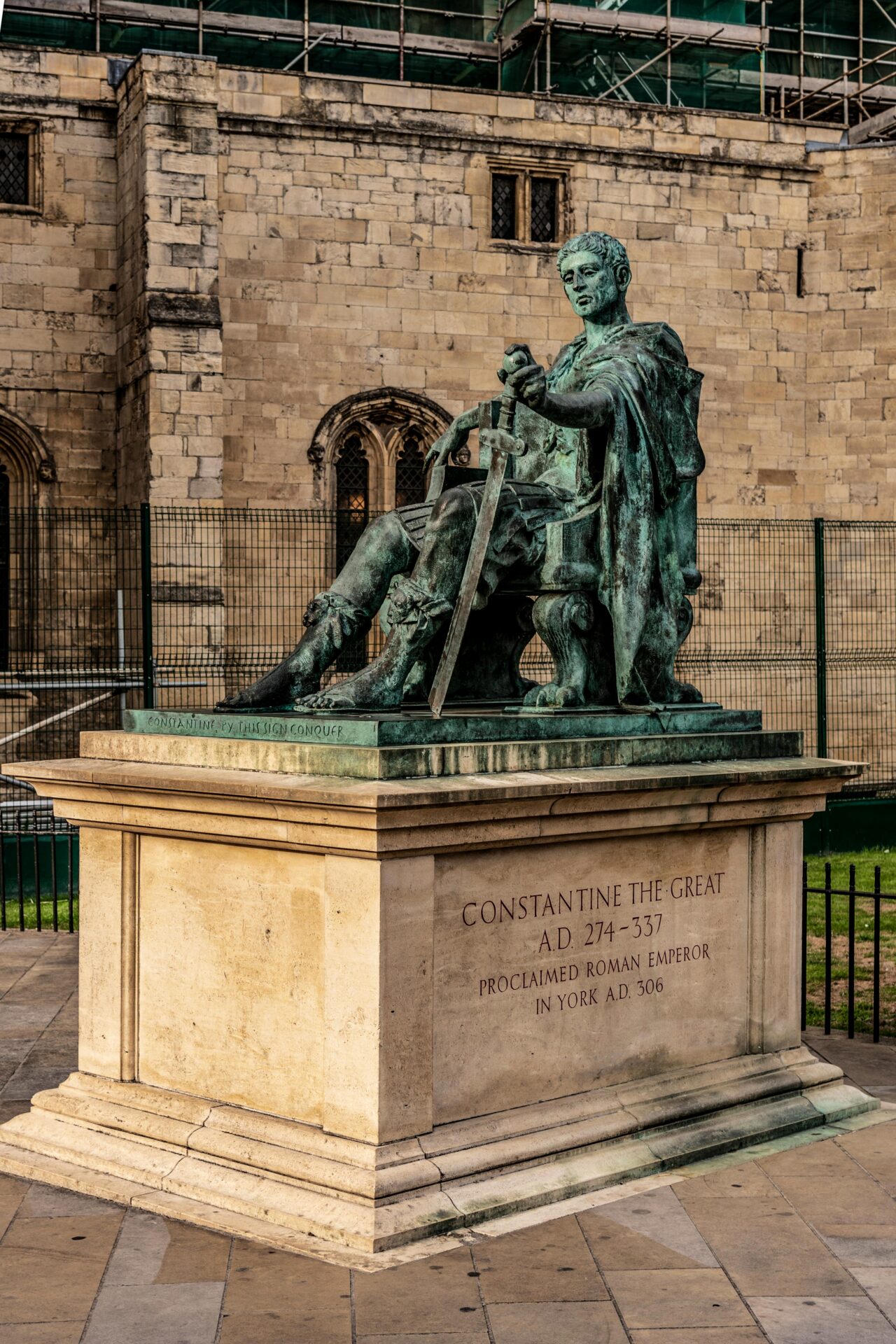
Discovery and Excavation
For centuries, nobody saw the villa because a massive landslide in the 12th century buried it. Ironically, that disaster preserved the mosaics, shielding them from weather and looters.
Locals always suspected something ancient lay beneath the ground—they even called the area “Casale” (farmhouse).
Serious digs didn’t happen until the 1800s, but the real breakthroughs came between 1950 and 1960, when archaeologist Gino Vinicio Gentili led a team that uncovered the villa’s exceptional mosaics.
Excavation was slow and careful. They peeled away layers of mud and debris, eventually revealing nearly intact mosaic floors showing Roman daily life, myths, and sports.
Conservation teams have focused lately on protecting the site from environmental threats while keeping it open to visitors.
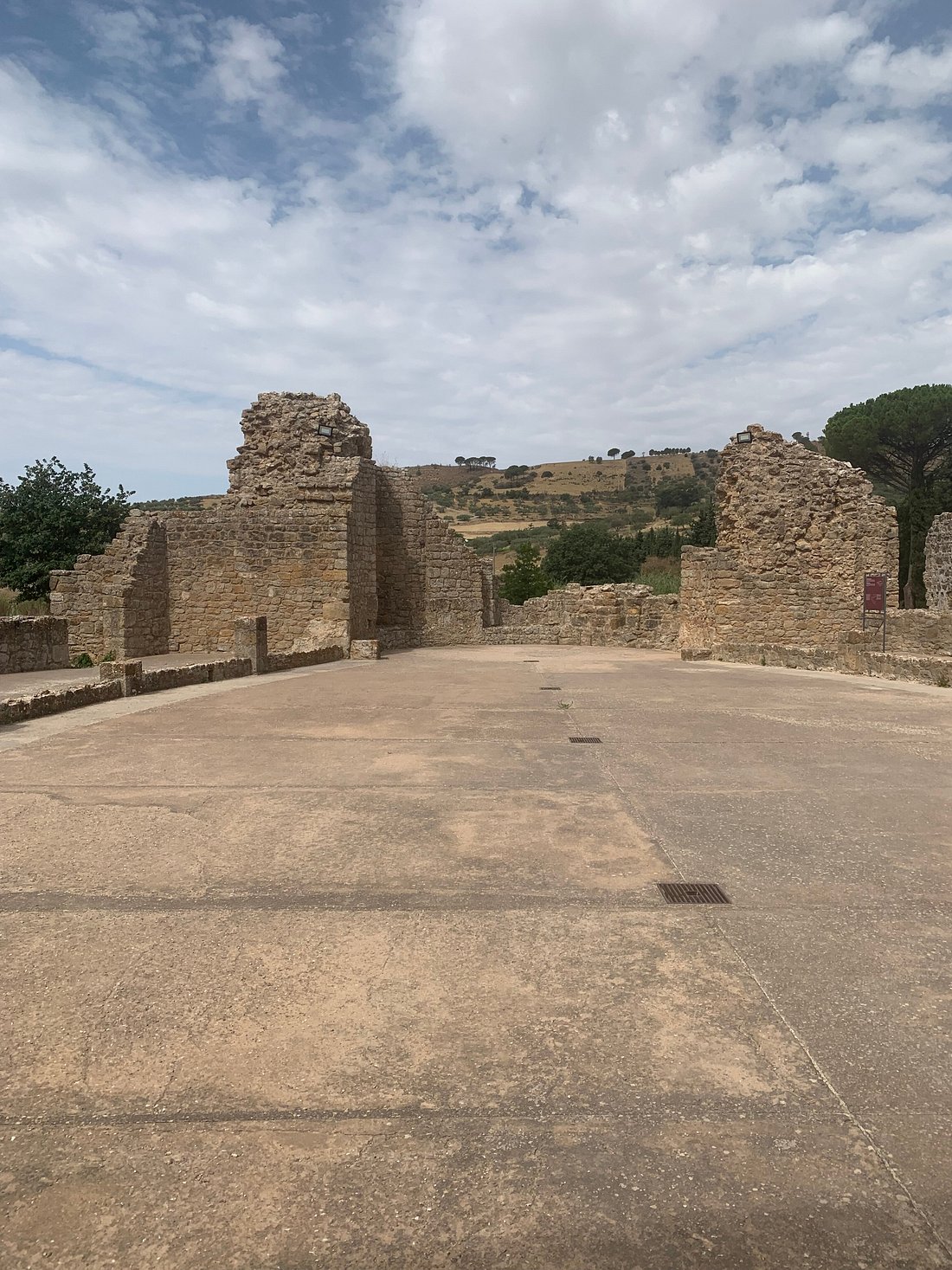
UNESCO World Heritage Recognition
UNESCO gave Villa Romana del Casale World Heritage status in 1997, highlighting its outstanding universal value. They specifically called out the villa’s mosaics as “the finest in situ collection in the Roman world.”
That recognition brought a lot more attention—and much-needed resources for preservation. I’ve noticed how UNESCO status has helped secure funding for ongoing conservation, including a protective structure to guard the mosaics from the weather.
Now, thousands of visitors show up every year to admire these ancient masterpieces. Tourism has turned nearby Piazza Armerina into a hotspot for history lovers.
UNESCO’s listing means strict management and preservation rules. Conservation teams keep a close eye on the mosaics and structures, making sure they’ll be around for future generations.
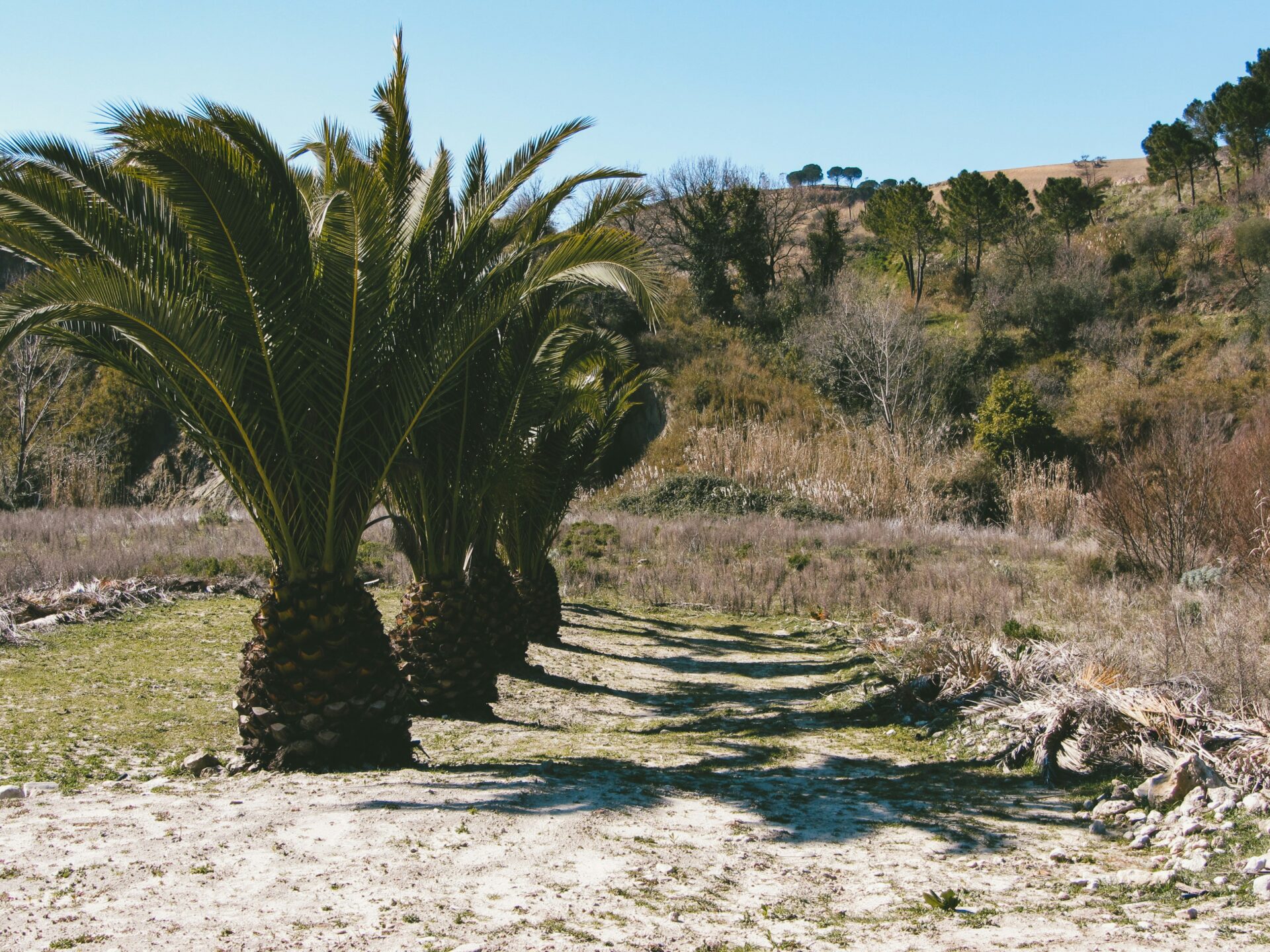
Unparalleled Roman Mosaics
Villa Romana del Casale holds one of the most jaw-dropping collections of Roman mosaics out there. These well-preserved floors cover about 3,500 square meters and offer a vivid window into ancient Roman life.
Mosaic Floors and Artistic Techniques
As I walked through the villa, I couldn’t help but marvel at the mosaic techniques that have somehow lasted nearly 1,700 years. The artists used tiny colored tiles—tesserae, some barely bigger than a fingernail—to piece together these detailed scenes.
The colors still pop—reds, blues, greens, yellows—all made from different stones and glass. The opus tessellatum technique dominates here, with thousands of perfectly arranged pieces making up lifelike pictures.
What really sets these mosaics apart is how well they’ve survived. That landslide and the floods buried the villa for ages, sparing the artwork from the usual damage that ruins ancient art.
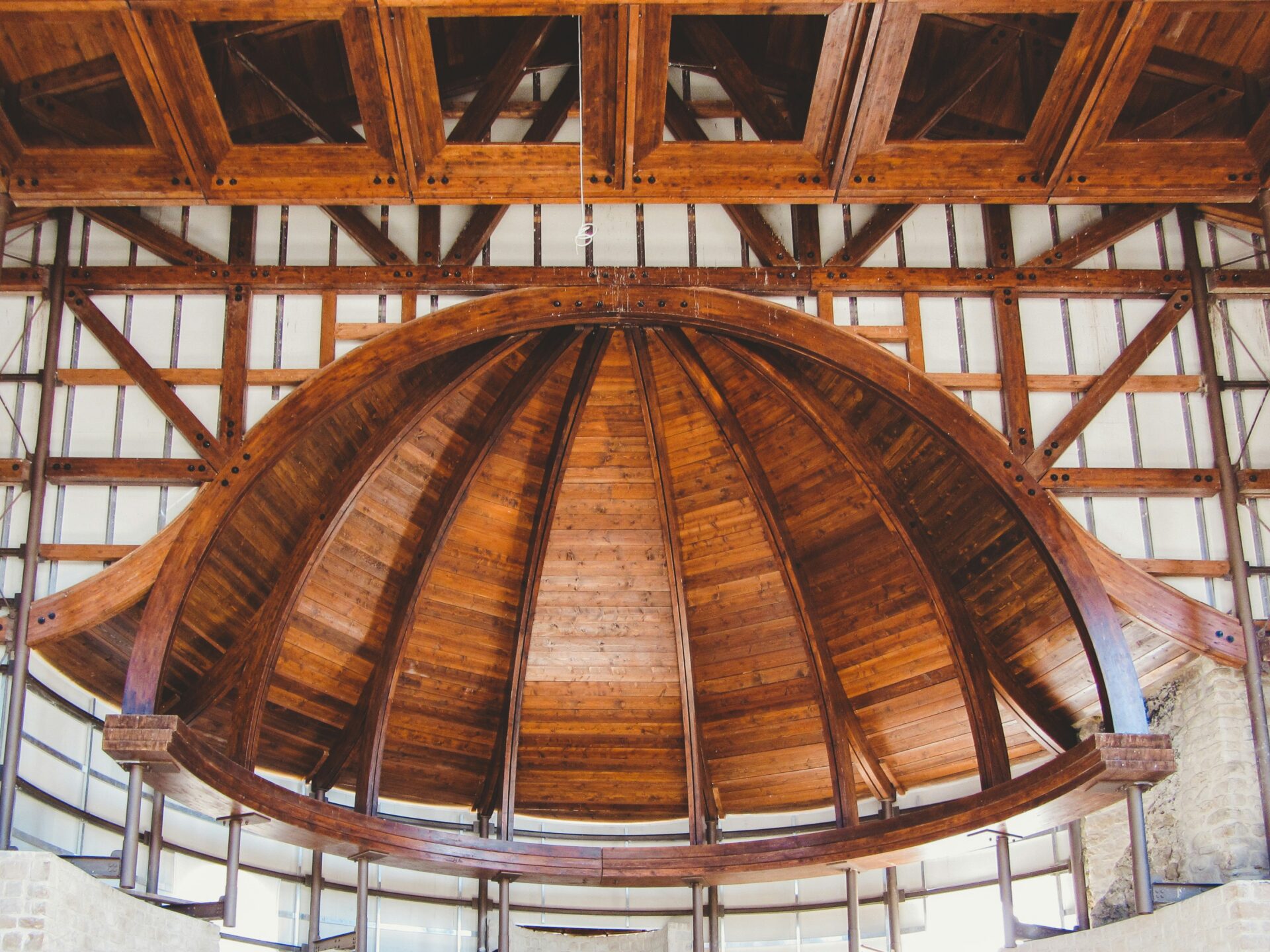
Room of the Ten Girls
The “Room of the Ten Girls,” or “Bikini Girls,” has to be the villa’s most famous spot. I saw ten young women, surprisingly dressed in what look like modern bikinis.
They’re shown mid-action:
- Sprinting
- Throwing discus
- Playing ball games
- Lifting weights
What got me was how the artist managed to capture so much movement and energy using only static tesserae. This space probably served as a gym or changing area.
The mosaic offers a rare peek at women’s sports in ancient Rome, which definitely challenges some modern ideas about gender roles back then.
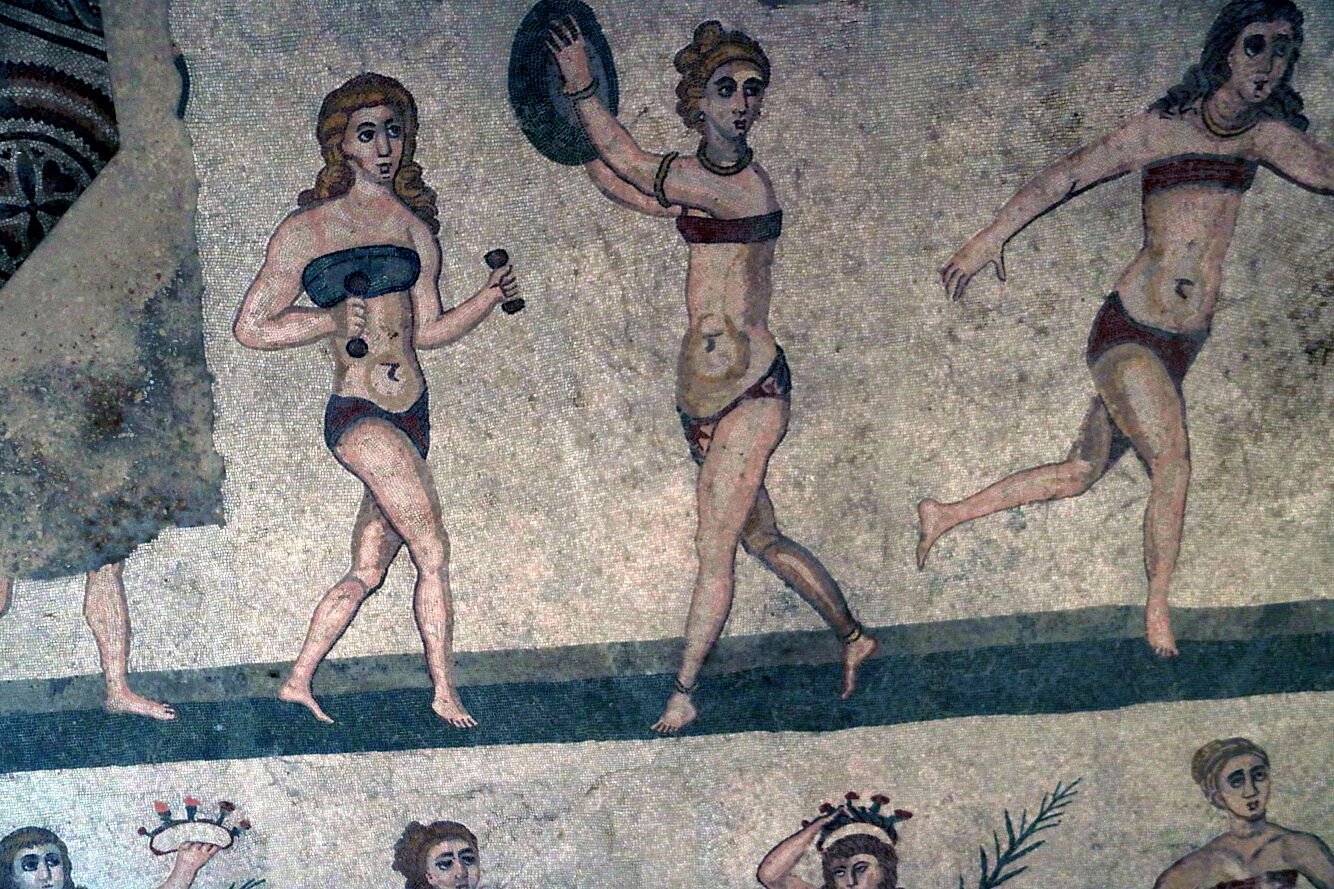
Corridor of the Great Hunt
The Corridor of the Great Hunt really blew me away with its size and detail. At 60 meters long, it’s a massive mosaic showing exotic animal hunts across the Roman Empire.
I spotted all kinds of creatures:
- Lions and tigers from Africa
- Elephants being loaded onto ships
- Leopards, rhinos, ostriches
This corridor doesn’t just show hunting—it documents Rome’s vast trade routes and imperial reach. The scenes include the capture and transport of animals destined for Roman arena games.
The artistic skill here is wild—each animal looks almost scientifically accurate, even though the artist probably never saw most of them in real life.

Room of the Small Hunt
The Room of the Small Hunt isn’t as big as the Great Hunt corridor, but the mosaics are just as impressive. Hunters and dogs chase local game like deer and wild boar.
The details caught my eye—Roman aristocrats using different hunting techniques and tools. One scene even shows a sacrificial offering before the hunt, highlighting the religious side of hunting in Roman times.
There’s also a panel with the myth of Arion, the poet who dolphins saved. That mythological touch gives the scene some extra depth.
Before the Vandals invaded Sicily, these mosaics would’ve wowed visitors as proof of the owner’s wealth, education, and cultural connections.
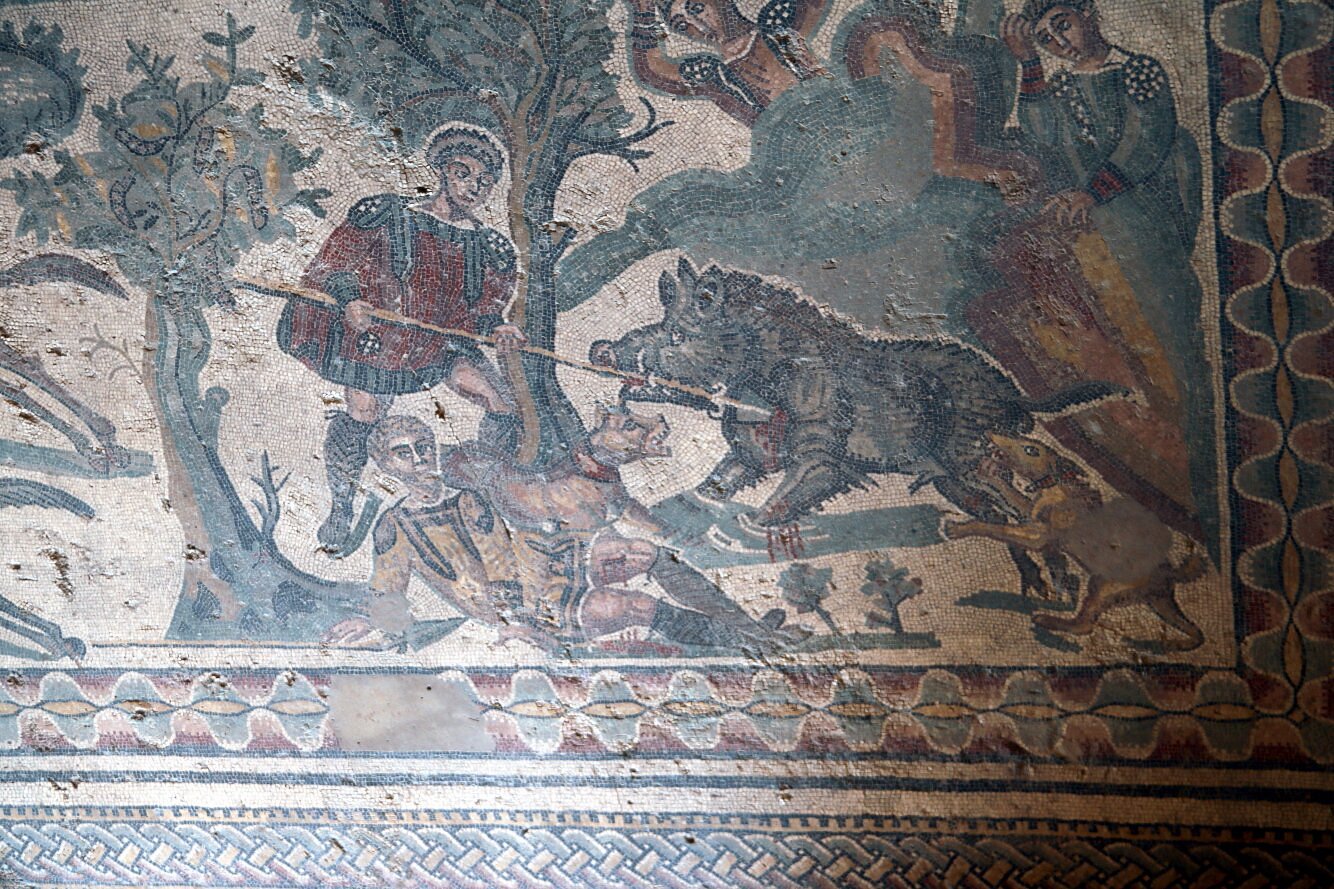
The Layout and Architecture of the Villa
Villa Romana del Casale has a complex architectural design that covers about 3,500 square meters. The layout blends both living and ceremonial areas, with distinctive spaces organized around courtyards and linked by remarkable mosaics.
Peristyle and Public Areas
At the villa’s center, a magnificent peristyle courtyard pulls everything together. This grand outdoor space, lined with elegant colonnaded porticoes, gives you a shaded, seamless transition from inside to out.
While I wandered through the peristyle, I realized it served as the social hub. The courtyard’s central garden once hosted parties, business, and daily life.
Around the peristyle, you’ll find the main entrance hall (vestibulum) and a handful of reception rooms for greeting guests.
Public areas also include a stunning oval courtyard with fountains. These spaces really flaunt the owner’s wealth and taste through their architecture and decoration.
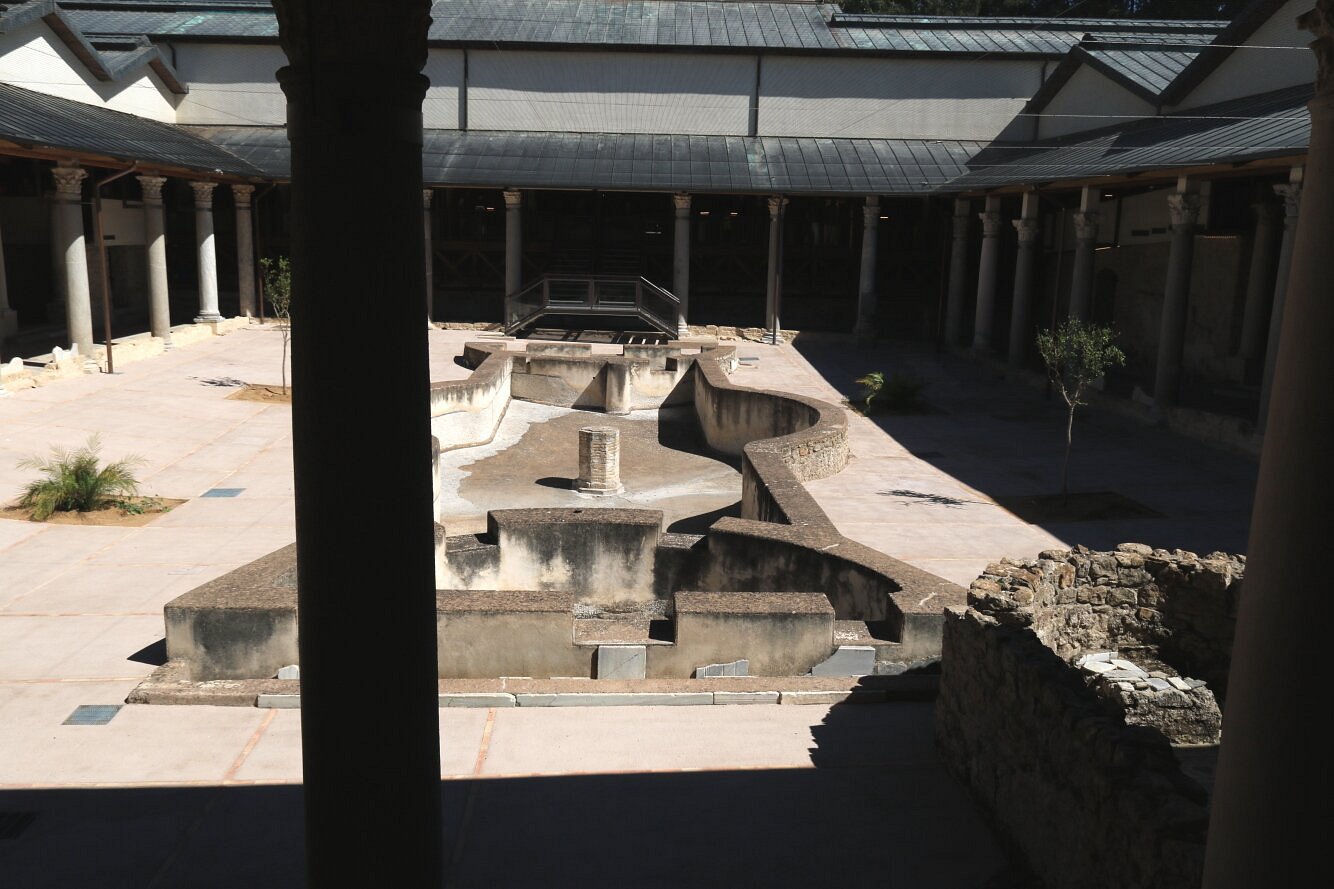
Private Apartments and Basilica
Deeper in the villa, I found the owner’s private apartments, which give you a window into Roman domestic life. There are bedrooms (cubicula), a private bath complex, and living spaces designed for comfort and privacy.
Some of the most personal mosaics are here, showing daily life and mythological scenes. The way these rooms soak up natural light and fresh air really impressed me.
The basilica stands out as a major architectural highlight. It’s not a church—it’s a big hall where the owner received important visitors and handled official business. The room’s size and decoration really drive home the owner’s authority.
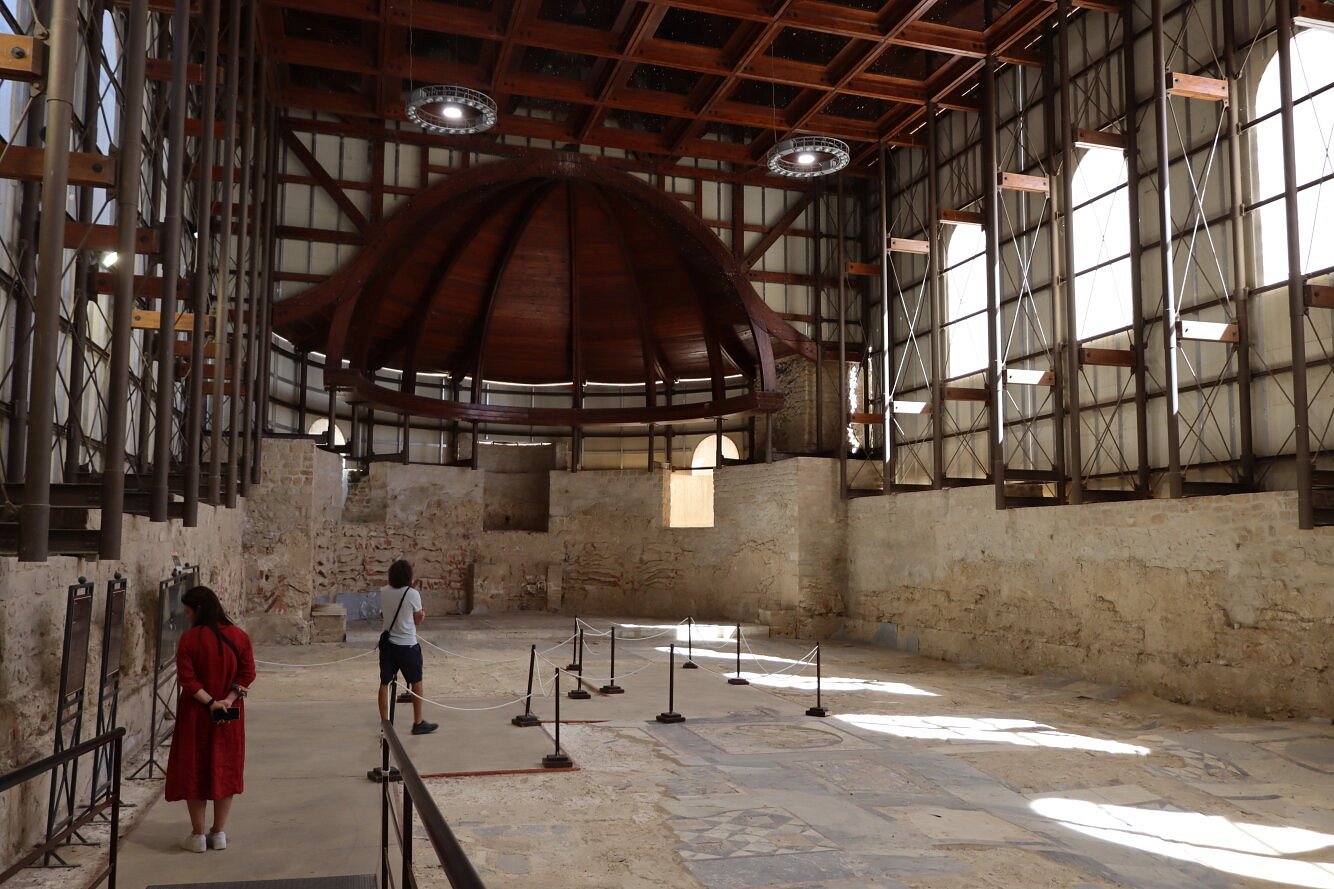
Triclinium and Banqueting Spaces
The triclinium (dining room) at Villa Romana del Casale is honestly breathtaking. Its sheer size and the quality of the mosaics blew me away.
This formal dining area could host big feasts and lively parties, which were essential in Roman society.
The main triclinium has a U-shaped setup for couches where guests reclined and ate. Nearby, smaller dining rooms offered more private meals.
What makes these rooms special is how they open to the courtyards, letting in fresh air and making meals more enjoyable.
Banqueting spaces include service rooms where staff prepared and served food. I found it clever how the design allowed servants to move around without bothering the guests.
The mosaics here show scenes of food prep, hunting, and mythological banquets, tying the decoration to the room’s purpose.

Daily Life and Functionality
Villa Romana del Casale wasn’t just for show—it was a working estate where people genuinely lived, worked, and relaxed. The impressive mosaics scattered throughout reveal a lot about their routines.
Baths, Gymnasium, and Sauna
The thermal complex at Villa Romana del Casale shows just how much Romans valued bathing in their everyday lives. I was genuinely amazed by the hypocaust system—a clever heating setup that pushed warm air under floors and through walls.
The baths had three main parts: frigidarium (cold bath), tepidarium (warm bath), and caldarium (hot bath). These weren’t just for washing up—they doubled as social hangouts where people talked business and politics.
Right next to the baths, I found a gymnasium where residents exercised. The “Bikini Girls” mosaic shows women doing sports like discus and ball games.
This area connects to a small sauna, which just goes to show how much the Romans understood about health and wellness.
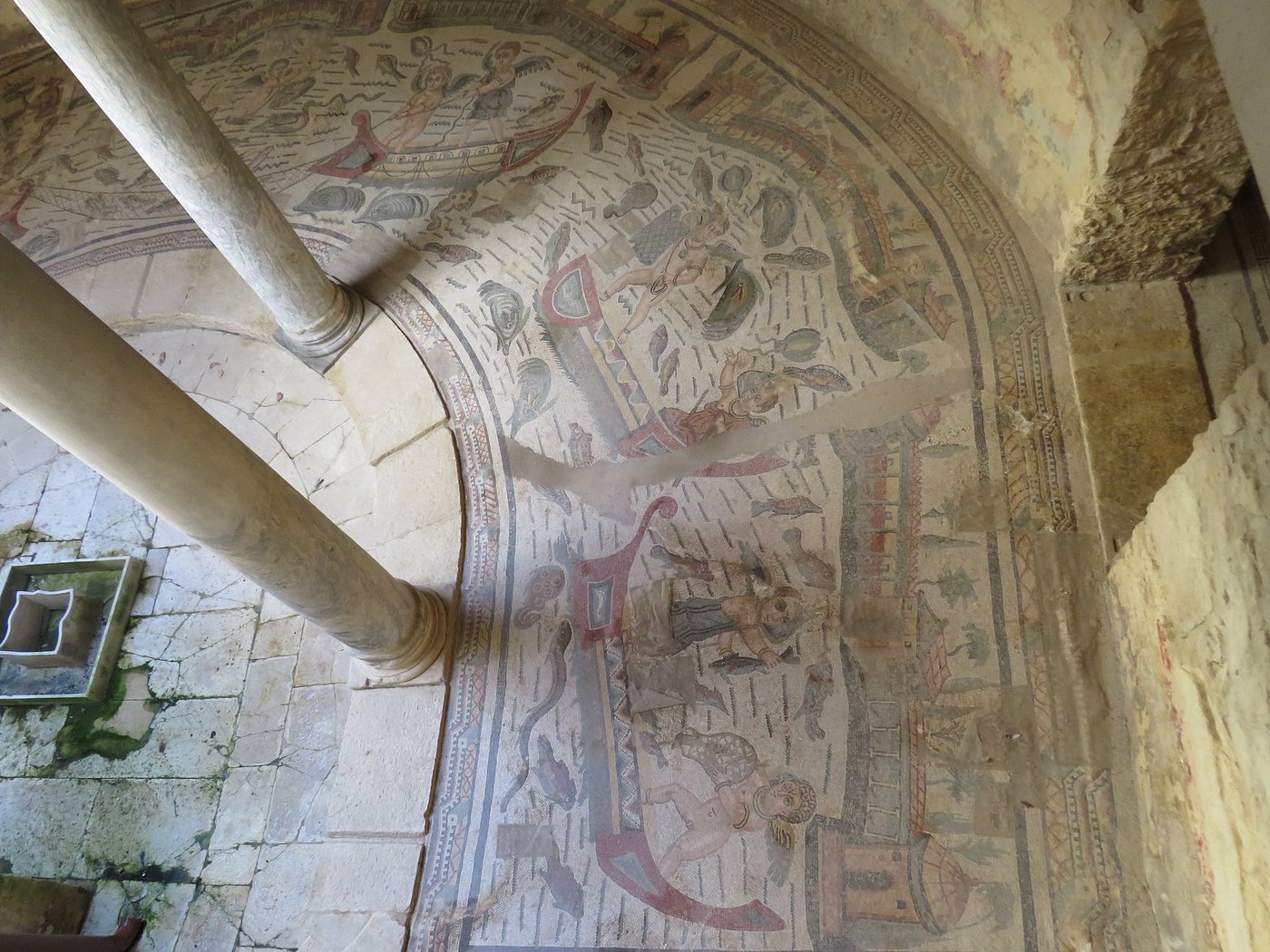
Role as Hunting Lodge
Wealthy Romans probably used the villa as a hunting lodge. The spectacular “Great Hunt” mosaic, stretching nearly 60 meters, captures wild scenes of exotic animal hunting and capture.
I spotted hunters tracking, trapping, and hauling wild animals from Africa and other far-off places for Roman games. Many folks think the villa’s owner had a hand in supplying animals for Rome’s spectacles.
The countryside around the villa offered fantastic hunting grounds for local game. I can just imagine those big reception rooms buzzing with hunting parties, celebrating their catches over lavish feasts.
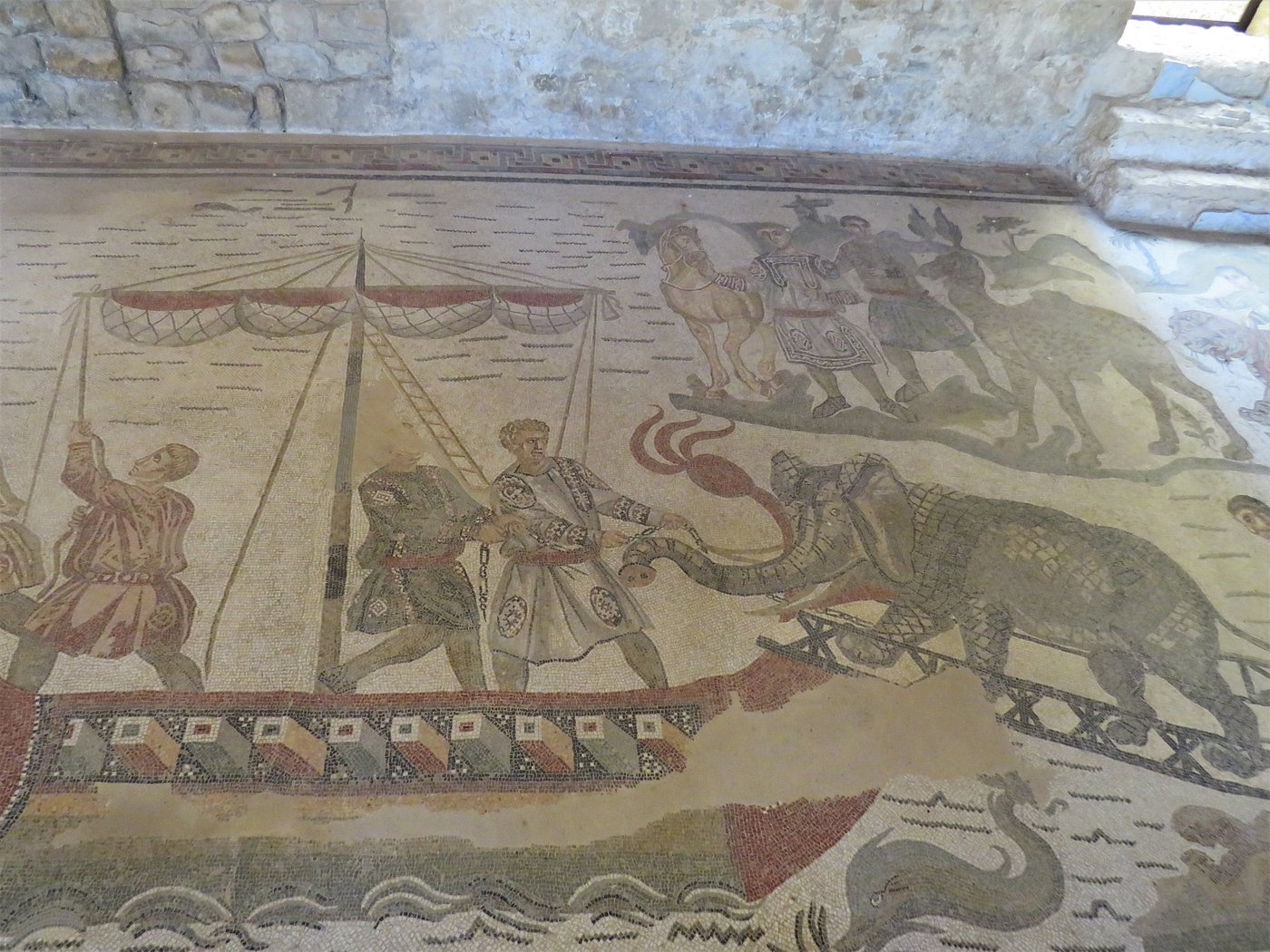
Everyday Activities and Social Life
Life at the villa mixed work and leisure in equal measure. The mosaics show servants cooking, tending animals, and running the estate.
I noticed scenes with children playing and getting lessons from tutors. There’s even a mosaic of a child learning to read—wealthy Romans really valued education.
The villa’s dining rooms (triclinia) display mosaics of elaborate banquets. These weren’t just meals; guests enjoyed music, poetry, and even some philosophical debates.
Women here ran the household and joined in weaving and making textiles. The estate produced most of what people needed—olives, grapes, and grain from the surrounding fields kept everyone fed.
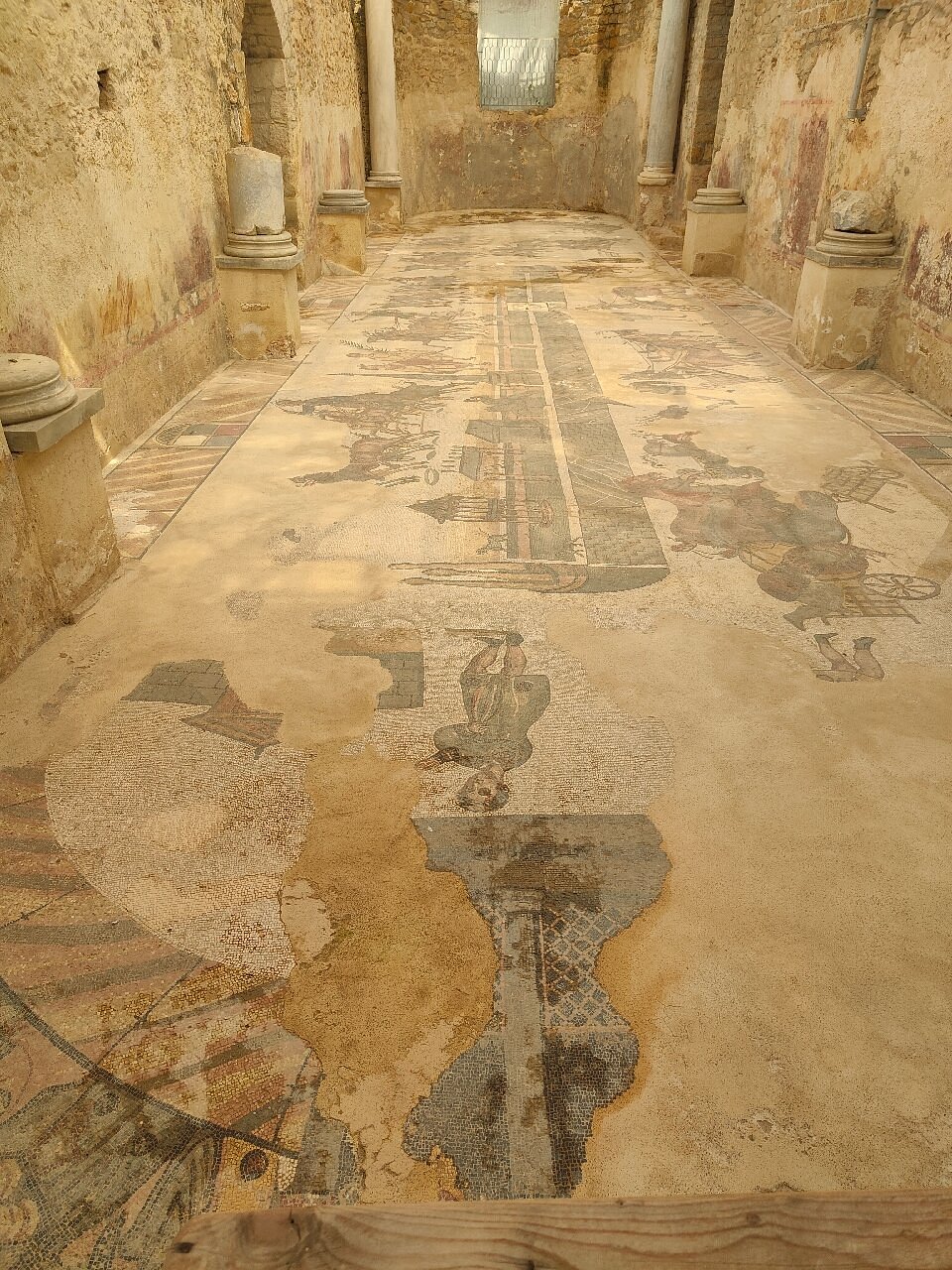
Visiting Villa Romana del Casale Today
A trip to Villa Romana del Casale feels like stepping right into ancient Roman luxury. You’ll find incredible mosaics and architecture that really make history feel alive.
Guided and Audio Tours
Honestly, I’d urge you to take a guided tour when you visit Villa Romana del Casale. Guides bring the history and mosaics to life with details you’d probably miss otherwise. Tours usually last about 90 minutes and cost around €10-15 per person.
If you’re like me and want to wander at your own pace, grab an audio guide for about €5. They’re available in several languages and give great background on each room and its art.
The famous “Bikini Girls” mosaic always draws a crowd. I found that showing up early in the morning or later in the afternoon helped me dodge the tour buses. It’s the best way to get photos of those hunting scenes without a crowd in the way.
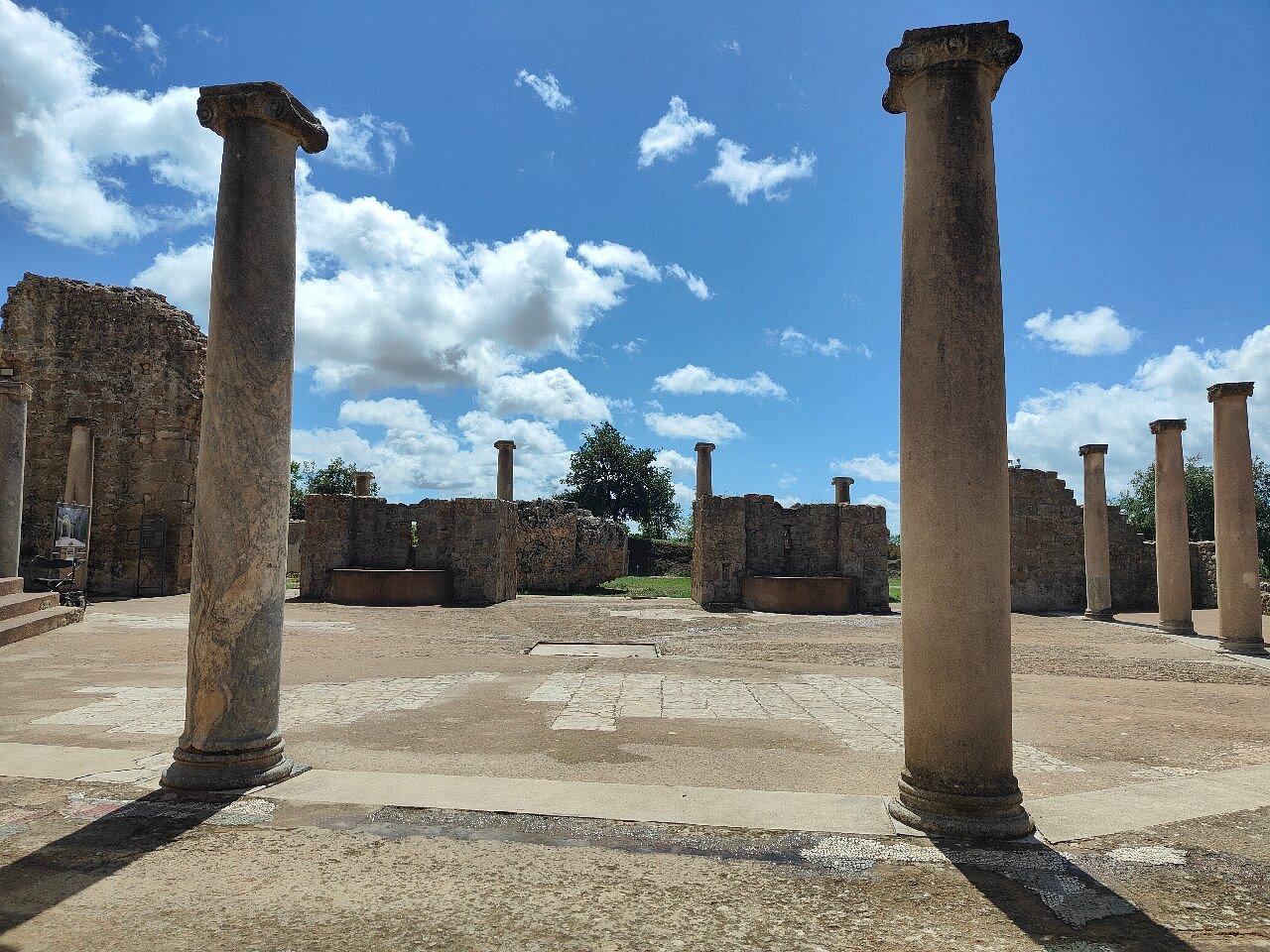
Exploring Piazza Armerina and the Duomo
Once you’ve soaked up the villa’s mosaics, spend a few hours in nearby Piazza Armerina. This Sicilian town sits on a hill just 3 km from the villa.
The town’s Duomo (Cathedral) stands out with its mix of Norman and baroque architecture. Its blue dome dominates the skyline, and the ornate interior is worth the hike up those narrow medieval streets.
For lunch, pick a family-run trattoria near the central square. I’d go for pasta with sardines and wild fennel—it’s a classic Sicilian favorite.
If you visit in August, the town hosts Palio dei Normanni, a lively medieval pageant with colorful parades and jousting competitions.
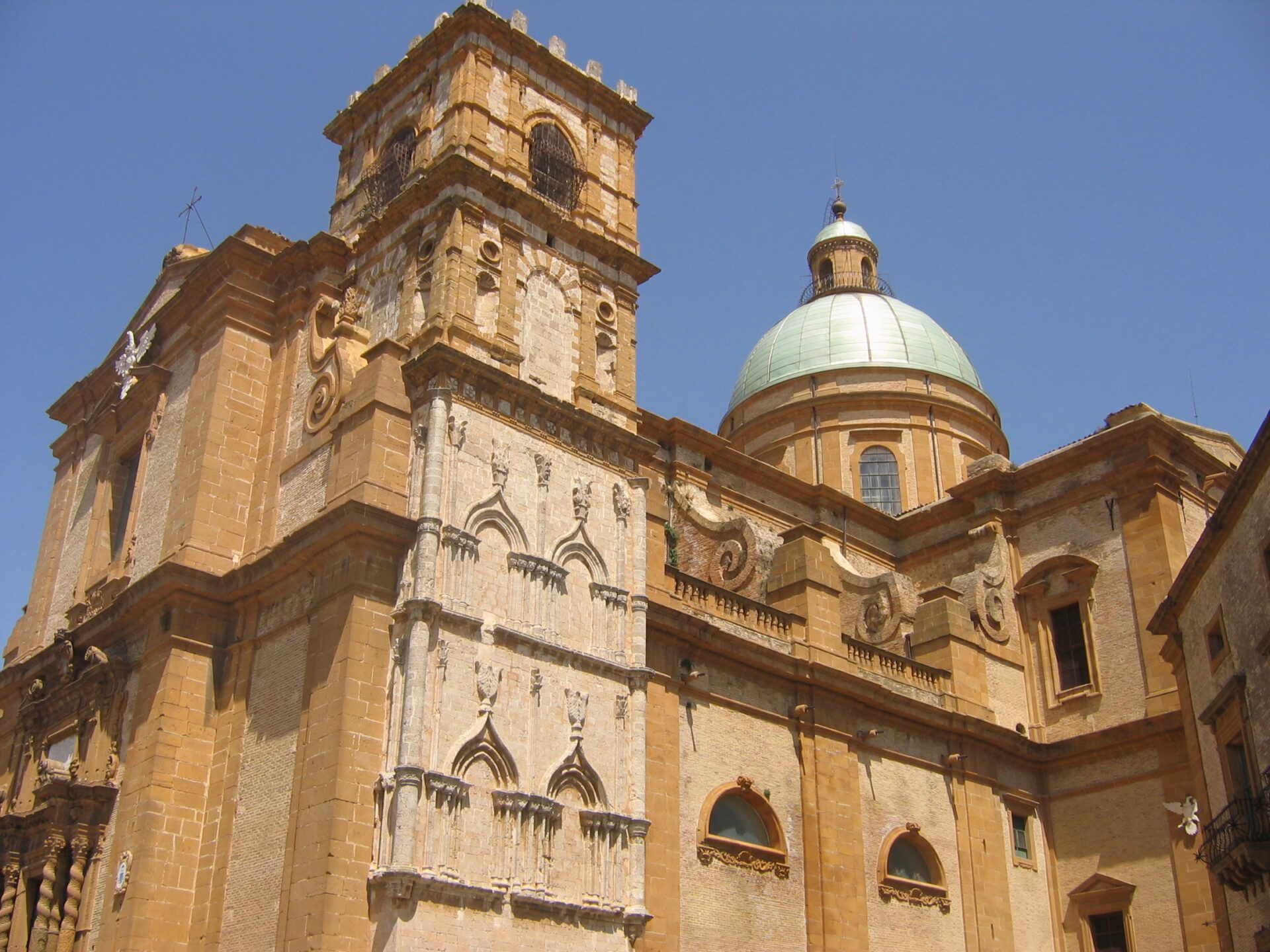
Practical Travel Tips
The villa opens daily from 9:00 AM to 6:00 PM, or until 7:00 PM during the summer. You’ll need to arrive at least an hour before closing to get in.
Tickets run about €10 for adults. If you’re an EU citizen under 25, you can snag a discount.
Seriously, wear comfortable shoes. The place sprawls over a big area, with plenty of steps and platforms to climb.
I wandered through all the rooms and mosaics for nearly three hours. You could easily spend a whole afternoon here.
If you’re visiting in summer, brace yourself—it gets brutally hot. Sicily often hits 30°C (86°F) or higher.
I always bring water, sunscreen, and a hat if I’m there between June and September. Trust me, you’ll need them.
Getting there by public transport isn’t easy. I usually rent a car so I can come and go as I please.
You’ll find parking close to the entrance, and it only costs a small fee.
A lot of people like to combine this trip with other UNESCO sites nearby. The Valley of Temples in Agrigento sits about two hours away by car.

